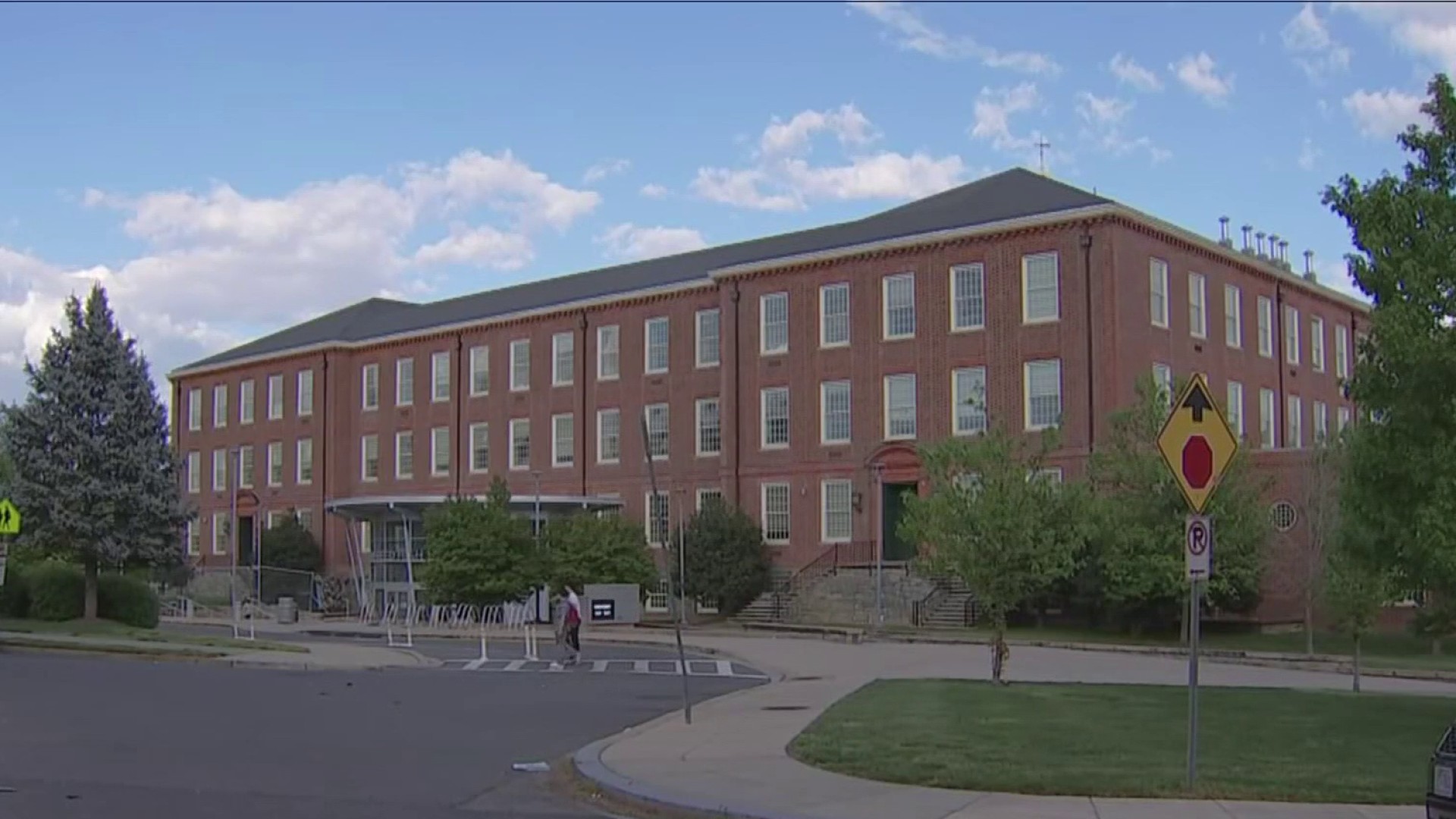Amid the push for increased police transparency, wide varieties and differences in the use of police body-worn cameras remain in the Washington, D.C. region, according to a review by the News4 I-Team.
In a survey of approximately 20 of the largest and oldest police agencies in the region, the I-Team found disparities in the use of the cameras and the policies that govern the release of videos.
Twelve of 20 major police agencies are using body-worn cameras. Some were early adopters, deploying the first batch of officer cameras in 2015, including Takoma Park police and the Loudoun County Sheriff’s Office.
The I-Team found Washington, D.C.’s Metropolitan Police Department along with Montgomery and Fairfax counties, deployed their cameras widely between 2016 and 2018 and are among are the largest users of the cameras, with more than 1,000 devices deployed by each agency.
We're making it easier for you to find stories that matter with our new newsletter — The 4Front. Sign up here and get news that is important for you to your inbox.
But the deployment of the cameras is slower or non-existent in some neighboring communities and agencies. A spokesperson for the Alexandria Police Department told the I-Team, “The short answer is Alexandria does not currently have BWCs in our police department. It is something that we would embrace as we believe transparency is important, but for us to have them we would need City Council to approve the resources to be able to obtain and maintain them.”
Howard County police in Maryland said it will begin use of its first batch of cameras in the coming months and had yet to do so, as of this month. Though the state of Maryland recently passed a law requiring police departments to use body worn cameras by 2025, the I-Team found the Charles County Sheriff’s Office and Frederick County Sheriff’s Office have not done so.
Frederick County Sheriff Chuck Jenkins told the I-Team his department will comply with the new requirement but said there is no timetable to do so. Jenkins has been a critic of the cameras, calling them costly and ineffective at capturing comprehensive and contextual images of some events.
Local
Washington, D.C., Maryland and Virginia local news, events and information
“The camera doesn’t always capture what you think it captures,” Jenkins said. “The cameras sometimes raise more questions than answers.”
Maryland State Police and Virginia State Police have not deployed body worn cameras. A Maryland State Police spokesman said body worn cameras will be obtained by the deadline of 2025 set by the state legislature. The spokesman said the agency already uses in-car dashboard cameras. He said the department is in the midst of an in-car camera replacement program. The new in-car camera system is compatible with a body-worn camera addition, the spokesman said. In response to a series of questions about body-worn cameras, a Virginia State Police spokeswoman issued a brief statement: “VSP personnel don't have body cameras.”
The I-Team’s survey of local police asked for copies of body worn camera policies. All but one department, the Calvert County Sheriff’s Office, responded with copies of the policies and said the policies are readily available to the public. When the I-Team asked Calvert County why its policy was not releasable, a spokeswoman said, “Our body-worn camera policy is available to the public. It is currently under revision at this time.” Two months after the initial request, the agency has still not provided a copy to the I-Team.
The I-Team also checked on the quantity of cameras deployed in some jurisdictions. Some smaller agencies, including the Gaithersburg Police Department and Takoma Park Police Department, said they have equipped all officers with cameras. Prince George’s County police said it has equipped nearly 800 officers. D.C. police have deployed approximately 3,200 cameras, according to a statement from the department.
The use of cameras alone is not a guarantee of police transparency, according to police reform advocates and attorneys who have filed litigation to obtain videos. Zina Makar, an attorney for Georgetown Law who has challenged police department policies in court, said agencies adopt policies that require release of full videos, not edited versions, when releasing the footage to requesters.
“Any of the problems run deeper than body camera footage,” she said. “They go to the core of policing as an institution and they won't be resolved just by releasing some bits and pieces of body camera footage.”
Makar said agencies should post their editing and release policies publicly for citizens to read.
You can read the body worn camera policies for agencies who responded to the I-Team here:
- Metropolitan Police Department
- Montgomery County Police Department
- Gaithersburg Police Department
- Rockville City Police Department
- Prince George’s County Police Department
- Frederick Police Department
- Takoma Park Police Department
- Arlington County Police
- Loudoun County Sheriff’s Office
- Fairfax County Police Department
- Prince William County Police Department
- Montgomery County Sheriff’s Office
Reported by Scott MacFarlane, produced by Rick Yarborough, shot by Steve Jones and edited by Jeff Piper.



